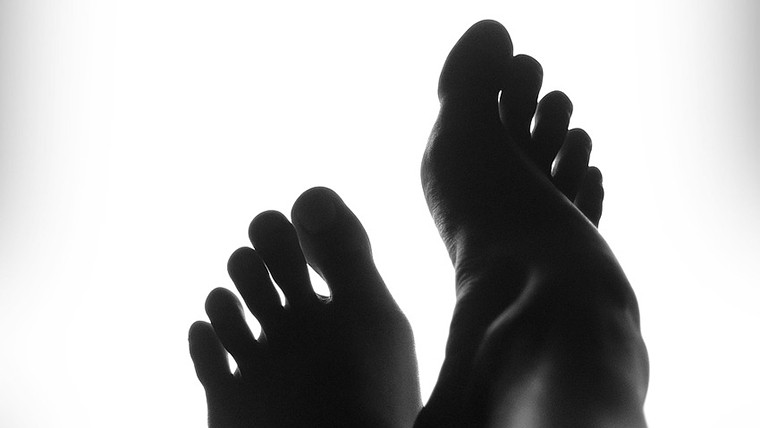The most common forms of self-injury consist of cutting, scratching, carving, self-hitting, self-burning, excoriation of wounds, picking, and abrading.
Very few people (1.4%) die by means of cutting, the most common form of self-injury. This suggests that self-harm should be considered differently from suicidal behaviour.
If self-injury is not about suicide, then what is it about? There is considerable evidence that most people self-injure to regulate emotional distress and interpersonal relationships.
Self-injury is effective in markedly reducing intense feelings of anxiety, anger, sadness, depression, guilt, shame, or even deadness. Internal emotion regulation is the most commonly cited reason for self-injuring (Nock & Prinstein, 2004; Klonsky, 2007).
A smaller proportion of self-injurers cite interpersonal motivations such as communicating distress to peers or regulating distance in relationships. It has been suggested that interpersonal motivations for self-injuring may include a desire to communicate, coerce others, compete with other self-injurers, resolve conflicts, or generate intimacy.
Initially a functional analysis will be carried with you, this is to establish “What does self-injury do for you?” which can open the door for direct and open communication about the functions of the behaviour.
Most who self-injure find that specific situations or events trigger the feelings that make them want to hurt themselves. These situations or events make them feel out of control and overwhelmed and hurting themselves is the only way they know to calm themselves and feel back in control. Going to a safe place where you can feel calm and in control and have positive feelings about yourself will help you to control the self-harming behaviour.
A safe place can be an actual place, or it can be a place in your mind. In this activity, you will think about creating a physical place where you can feel safe. Creating a Safe Place in Your Mind, you will try to create a safe place in your mind to help you when you feel upset or out of control.
Making the decision to get help for yourself is not an easy thing to do. If you are like most who self-injure or harm, this habit has become a way for you to cope with difficult feelings, and it might be hard to imagine getting through a week without relying on it.
CBT can help you to cope better with your emotional pain, including the pain of being alone with your problem.
Learning to stop your self-injury is a lot like learning to stop other addictive behaviours. It takes a strong desire to stop and a commitment of your time and energy, and it also takes support from other people.
Most people who self-injure keep their behaviour secret. They might feel that they are the only ones in the world who act this way. Even people who are seeking help from a psychologist like me can sometimes be ashamed to admit that they hurt themselves.
Treatment will also involve
- The formation of goals for treatment.
- Learning to cope with stress.
There are many healthy ways to cope with stress, including the following:
- Talking to friends and family
- Exercise, particularly sports that involve other people
- Creative activities like music, dance, or art
- Relaxation activities
- Learning to be mindful.
- Using Desensitisation Techniques (The word ‘Desensitisation’ means just what it sounds like-reducing your sensitivity and reactivity to thoughts, memories, or feelings).
Some thoughts and feelings are very powerful. Some people say that their fears, anxieties, and feelings of shame and guilt take over their whole lives. But it doesn’t have to be this way. Psychologists have found a way to lessen even the most powerful feelings through a process called desensitization. If you practice desensitization techniques, you can more easily deal with the things that upset you.
Everyone has emotional pain throughout life. It is something people simply have to accept. But as you progress toward recovery, you should feel more in control of the way you deal with your problems and you should find better ways to cope with difficult feelings. Certainly you should stop doing things that make your problems worse.
Most important, as you learn to conquer your Self Harm, you should begin to feel happier about yourself and your life. No one can be happy all the time, but as you learn to deal with the problems that have led you to self-injure, you should find more and more moments when you feel safe, calm, and confident.

